I am out walking in the woods with my Leica M-D, a warm, dry day in early autumn, chalk track crunching delicately underfoot when a scene reveals itself. I stare for a minute at the broken strand of ivy, just starting to turn, pale greens and browns against the background of darker oak leaves. What is it that tugs me? Is it worth making a picture here? I don’t second guess or ask my subconscious further, I have seen it and it resonates, don’t judge it yet, it is something beyond understanding. I simply accept the gift of noticing.
I reach for the Leica M-D, feeling its heft in my hand, my right thumb roaming free across the back face, the leatherette soft and grippy. I instinctively crank the aperture ring rightwards to 1.5 and then back a couple of clicks. I want dreamy yet sharp. It’s the first shot of the day, and I look at the light and set the speed to 1/250th with my right forefinger as I raise the camera to my eye.
My heart does a little leap when I see the red dot in the optical viewfinder, indicating correct exposure, confirming I was right. Or perhaps I just got lucky. Whatever, it’s a lovely start to the walk. I perform a brief dance with my subject, stepping to the left and rotating slightly to get the oak and ivy in the same focal plane.
The pleasure of an M viewfinder is second to none. The clarity and realness of what you see, the precision of the rangefinder patch, and the bright frame lines. I’m shooting with the Voigtländer 50mm f/1.5 version II, and I know I want square format, so I use the 75mm frame lines for the sides and the 50mm for the top and bottom. The sightly-stiff yet smooth resistance of the lens ring feels rich and meticulous, luscious and exact at the same time.
I compose the frame and hold my breath, drinking in the image, finger poised on the cool metal release button until I take the shot and am rewarded with that satisfying snick of the shutter.
Aperture. Speed. Focus. Click.
That’s all you have with the M-D, and it’s a blessing. Four simple steps, each flowing into one another, each part instinct, part carefully-weighed decision, part guesswork. Each a part of an organic whole that is the image in my mind, from pre-visualisation to actualisation.
I take photographs as a springboard for writing poetry, lyrics and song. And for the past few years I been writing a 200-song cycle about the wildflowers of England as seen through the eyes of a mystical crow called Cro. The organic and manual nature of shooting with the M-D makes it the ideal companion on my quest.
My escape from icon blizzards
I got the M-D because I found other cameras tiring — I always seemed to be overriding automatic focus or exposure and entertaining nagging doubts about where I’d left innumerable settings buried in menus, my view compromised by a splattering of icons, all the while twiddling little plastic wheels and gripping a shiny plastic body. Whirring lens motors seemed like an intrusion, an insult to the melodic chirps and stridulations of grasshoppers in a sun-soaked meadow.
I wanted to try arty lenses, manual focus, a real metal aperture ring, and to look at the world through nice optics.
Because looking is what photography is all about. Sometimes I don’t even take the shot. Or even get the camera out of the bag. Just having it on me makes me look at the world more deeply. In my case, it is the natural world, where taking your time pays dividends. Where small details reveal themselves with just a few minutes of calm observation.
All modern cameras are good these days anyway. But for me, the user experience of taking the shot is the most important thing. I sometimes joke to myself that someone will one day stumble over my disk drives full of undeveloped DNGs, just as they found hundreds of undeveloped rolls of film in the late Garry Winogrand’s apartment.
I am late to the M-D, even though I fell in love with the pictures of it when it came out in 2016, eagerly reading reviews such as that of Macfilos editor Mike Evans (see links below). But it seemed unattainable. That didn’t stop me from spending four years researching into the specs and performance of pretty much every other camera on the planet before I realised that I don’t really care about performance. In the process, I learnt a lot but kept coming back to gazing fondly at the M-D, and finally, in 2020, I found myself lucky enough to be able to acquire a mint-condition specimen that has changed my photographic life.
Tips and quirks
Of course, my performance demands are slight. Having mostly still subjects makes life easier — though grasses or branches swaying in the wind on an overcast English day are more challenging than one might think — the ISO range and wide aperture I get with full frame and a fast lens are helpful there. I even get a few classic ‘BIFs’ — bird in flight — as I can throw the lens to infinity in the time it takes to raise the camera up to the sky, so it’s actually pretty quick.
English wildflowers are generally pretty titchy, and the 70 cm minimum focus distance is a limitation. So I still carry my trusty Pentax MX-1 for macro details. However, I have done a series of Autumn berry images using a Raynox macro attachment and focusing blind by using my wrist strap as a measuring device. Hit and miss, spray and pray, but that’s part and parcel with all macro photography in my experience. Perhaps a goggled 90mm macro is in my future, although I am wary of changing lenses in the field — because I usually am literally in a field, with mud, rain and insects to contend with as I juggle my worth-more-than-my-car gear.
If I am being really picky, the ISO dial (which is a heavenly two-thumb experience to use, no need to drop the camera from your face, much much nicer than the M10/M11 readopted rewind dial) would be better with half stops rather than thirds, to match the shutter speed dial increments.
One of the best improvements I made was from watching a video where Stefan Daniel (Executive Vice President Technology and Operations at Leica and key creator and instigator of the -D concept) recommended carrying a cloth to keep the viewfinder clean — really good advice. I also came across a rumour that the -D designation stands for ‘Daniel’, so we have much to thank him for…
It’s worth mentioning the battery. It took me four months to realise the M-D had a battery at all. Only joking! But I do get about a thousand shots on a charge, and the LED display of the percentage remaining upon switch on or on-demand via the top-plate button is really handy and discreet.
Screen, what screen?
It was only in the last revision of this article that I remembered that the M-D is screen-free. But as it is the most remarked-upon feature of this camera, I suppose I will have to say something.
In truth, I simply never think about it. I take pictures, it’s easy. I never stop and think, “Gosh, I wish I could adjust some parameter or other by diving into a menu system”. There are no parameters or settings to worry about, and that’s a relief, actually. I never miss image review either. I have never found assessing focus on a little screen to be practical anyway, squinting in the sunshine and zooming in; it’s always better back home on a big screen when you are editing.
So if I am doubtful that I got focus then I probably didn’t, and I simply take a few more shots. For me, the great benefit of being screen-free is the ability to hold, grasp, clutch, and coddle the camera all over the back surface; your right thumb can roam free and grip with confidence, never smudging a screen or accidentally hitting a button. It also allows the perfect placement of the ISO dial, which, as I mentioned before, is a haptic joy to use.
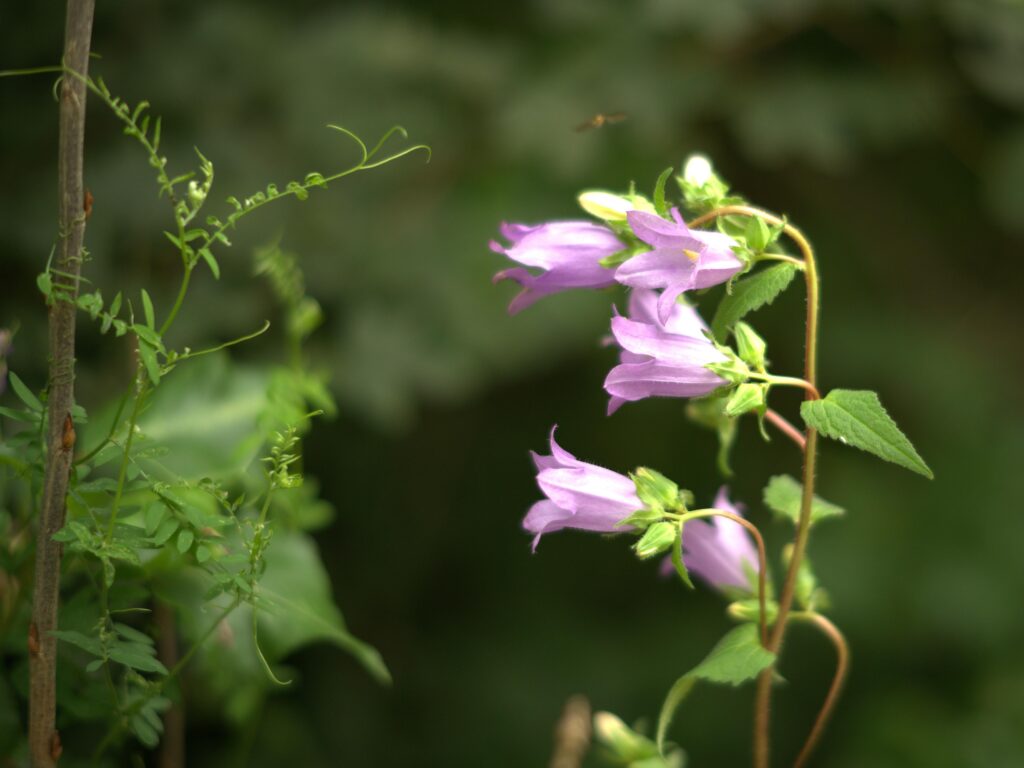
Will there ever be an M11-D?
The M60, the M-D and the M10-D are the cameras Leica has made so far without a screen. I made a little survey of sightings in the wild of the -D concept cameras, and based on Leica’s batch lot serial number system, it’s clear that not many were made, perhaps 600, 1500 and 2000, respectively. And those are the high estimates. These cameras take a lot more to design and make than normal special editions, which are usually mostly cosmetic changes like colour and materials. To make a -D, you are getting into new firmware programming, tooling for special ISO dials and levers, and so on — not trivial.
I believe it vital for Leica that the -D concept should continue because it represents the ultimate embodiment of das Wesentliche, the true legend of M — bold, crazy, supremely usable, nothing but the essentials. These crafted devices are not a throwback to film cameras but an evolution of digital photography: distraction-free, screen-free, menu-free and skills-focused.
I am interested in how the -D concept might develop, so I toyed with a few new concept cameras, for example, the meter-less M-D, which would have a lovely calm, peaceful clear viewfinder with no numeric display, à la M-A, perhaps even without frame lines (you would just know how to frame). This would rather fittingly be known as the M-A-D — even though I think is not as mad as it sounds…
I also drew up what I call the ‘Leica One’ — this was a one-button-only M camera, a pure slab of black with just a shutter release. Permanently on ISO 400, with permanent auto exposure going up to 1/16000 to cope with fast lenses.
However, the M11-D would be most likely the next -D, and to give it a chance, let’s keep it simple:
- Delete the screen and rear buttons. Keep the status LED peeking out of the leatherette if that’s easier, but it wouldn’t be missed if it was gone. Yes, it has a totally bare back now. There’s no reason to have an iconic round thing on the back, as you already have an ISO dial, on-off switch, and exposure compensation in the basic M11. Embrace simplicity. Acres of thumb room! In my mockup image, I also deleted the brightness sensor, which requires altering the top plate and might be costly to do, so keep it as a vestigial little hole if that’s easier.
Or we could push the boat out with a custom dial.
2. Adapt the firmware with the following permanent settings:
- DNG only
- 60MP only
- Multi-field metering
- Write to SD card and backup to internal memory IN=SD
- Auto white balance
- Auto ISO parameters fixed at something sensible such as 6400 maximum, 1/15s minimum
- Hybrid shutter when in Aperture Priority Mode
- Noise reduction on
- Auto lens detection on
- USB charging on and have it show up as a simple drive
- Standby 2mins
3. Include the same basic functionality as the M-D because there is now a top plate button again:
- The top Plate Function Button toggles battery life and images remaining info in the OVF display
- Exposure Compensation: hold down the top plate button and rotate the thumbwheel
- Change Date and Time: 12s press of the top button and then etc
- Open shutter for sensor cleaning as per M-D
- Don’t display images remaining after each shot
- No WiFi or Bluetooth or FOTOS flummery.
4. I don’t think many -Ders use continuous mode. That just leaves us with finding a way to have a self-timer.
- Start the timer by pressing the thumbwheel and the shutter release simultaneously. 12s. Or you could just include a release cable with the camera.
That’s it. People with M10-Ds will moan about the loss of the faux film lever, but if the extra expense of tooling means there is no M11-D at all, they will just have to cope. 99.99% of digital M users do just fine without it.
I was sad when the M10-D was discontinued prematurely, and I thought that was the end of the -D road. While I have no idea whether or not Leica is contemplating an M11-D, I’d like to pass on my hopes to Stefan Daniel.
A simplified M11-D is both attractive and viable and represents a wonderful opportunity for Leica to continue to show leadership, vision and a profound understanding of the true essentials of photography and photographers.
Conclusion
The -D concept cameras are ideal for contemplative path strollers and landscape and nature photographers. Do consider partnering up with one if you get the chance; a dozen or two come up for sale every year, and it might just change how you see the world…
Visit the author’s website
Read more about the M-D
Leica M-D meets Leica M-A on the streets of London
Leica M-D: Review of Leica’s spartan warrior
Leica M-D goes to Oxford, one city, one lens, three focal lengths
Leica M-D: Stunning concept defines the essence of digital photograph
…and more on the Leica M10-D
Leica M10-D announced, folding thumb-rest, quiet shutter
Leica M10-D: Handling and Fotos by Erwin Puts
Leica M10-D: My camera of the year
Join the Macfilos subscriber mailing list
Our thrice-a-week email service has been polished up and improved. Why not subscribe, using the button below to add yourself to the mailing list? You will never miss a Macfilos post again. Emails are sent on Mondays, Wednesdays, and Fridays at 8 pm GMT. Macfilos is a non-commercial site and your address will be used only for communications from the editorial team. We will never sell or allow third parties to use the list. Furthermore, you can unsubscribe at any time simply by clicking a button on any email.

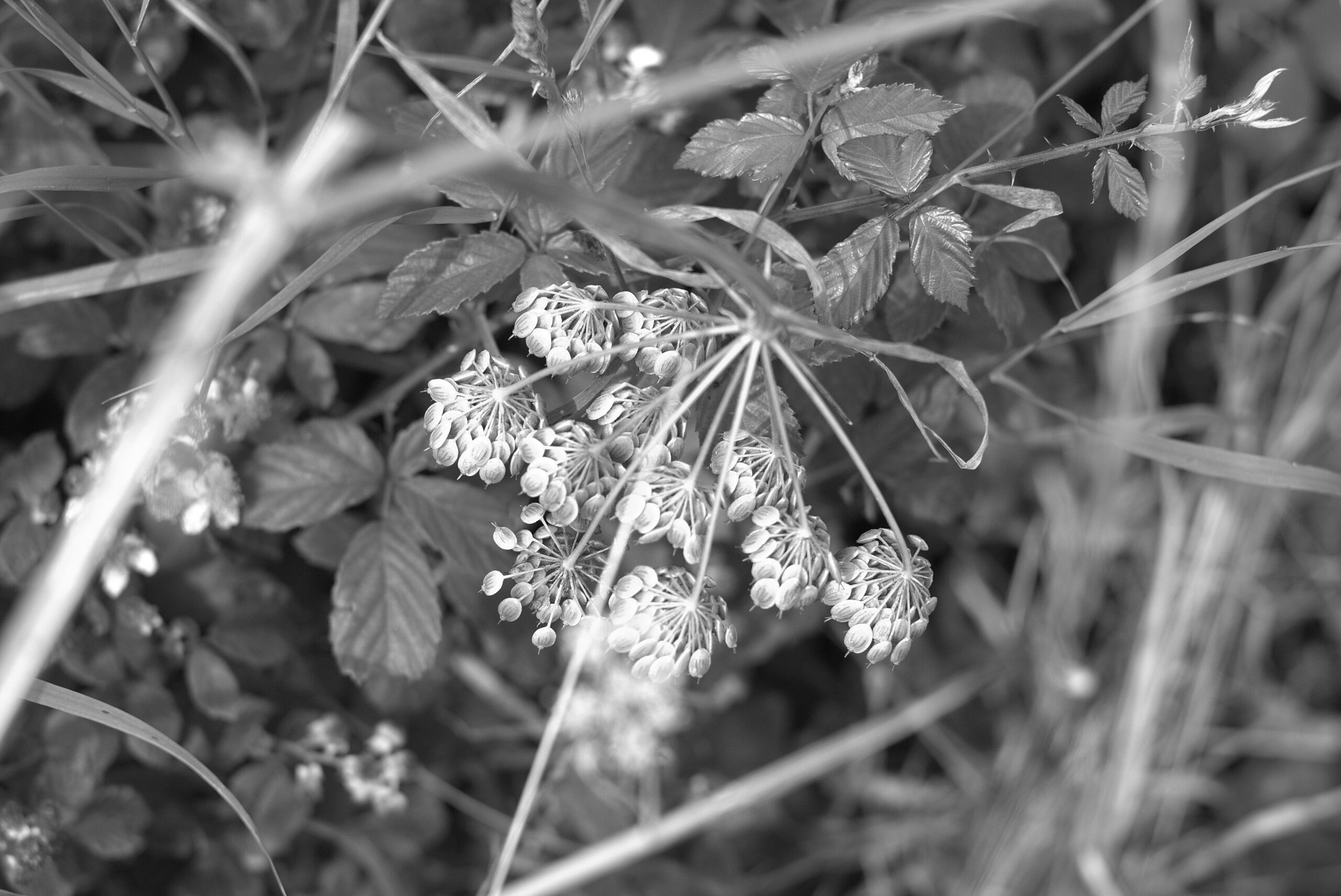
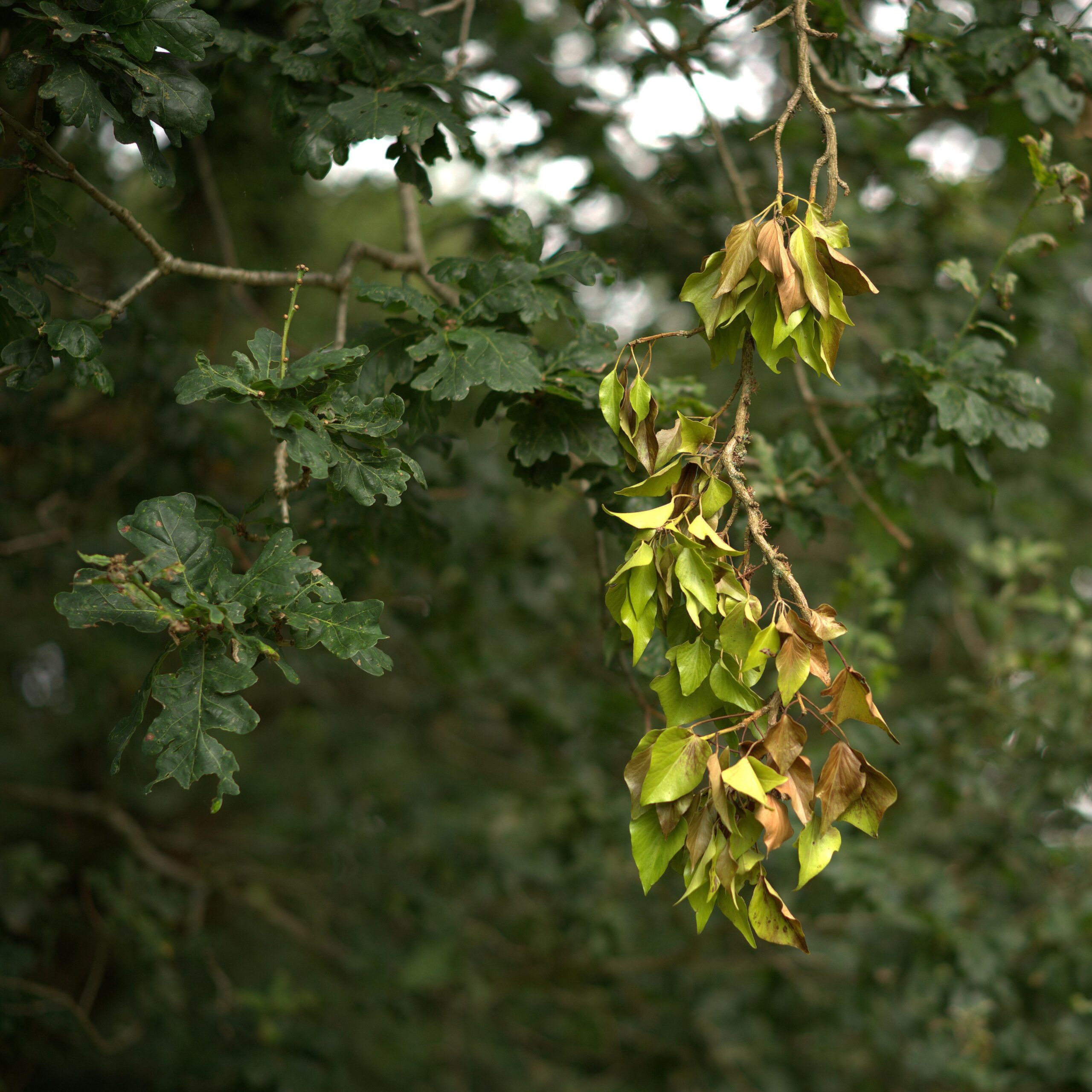
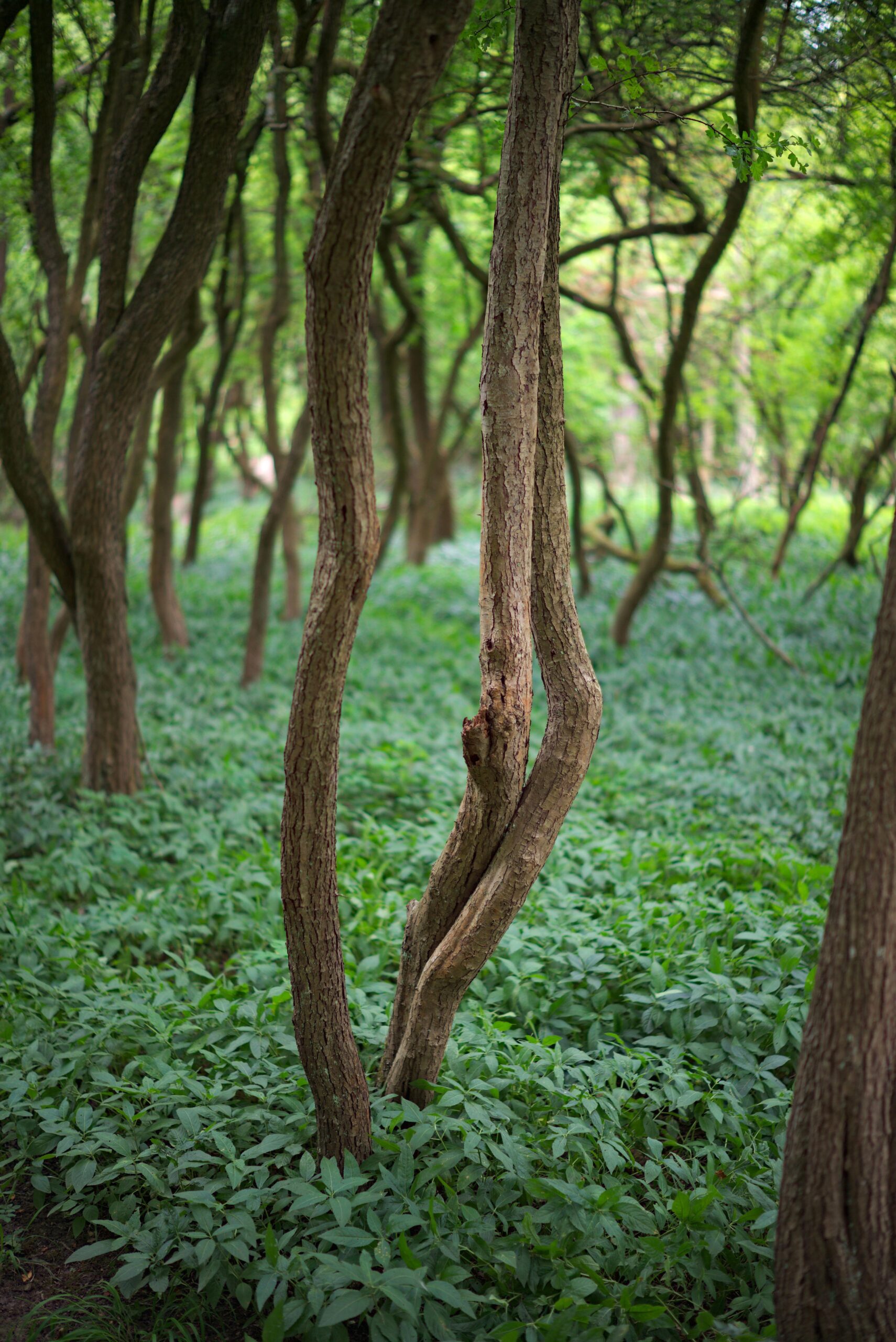
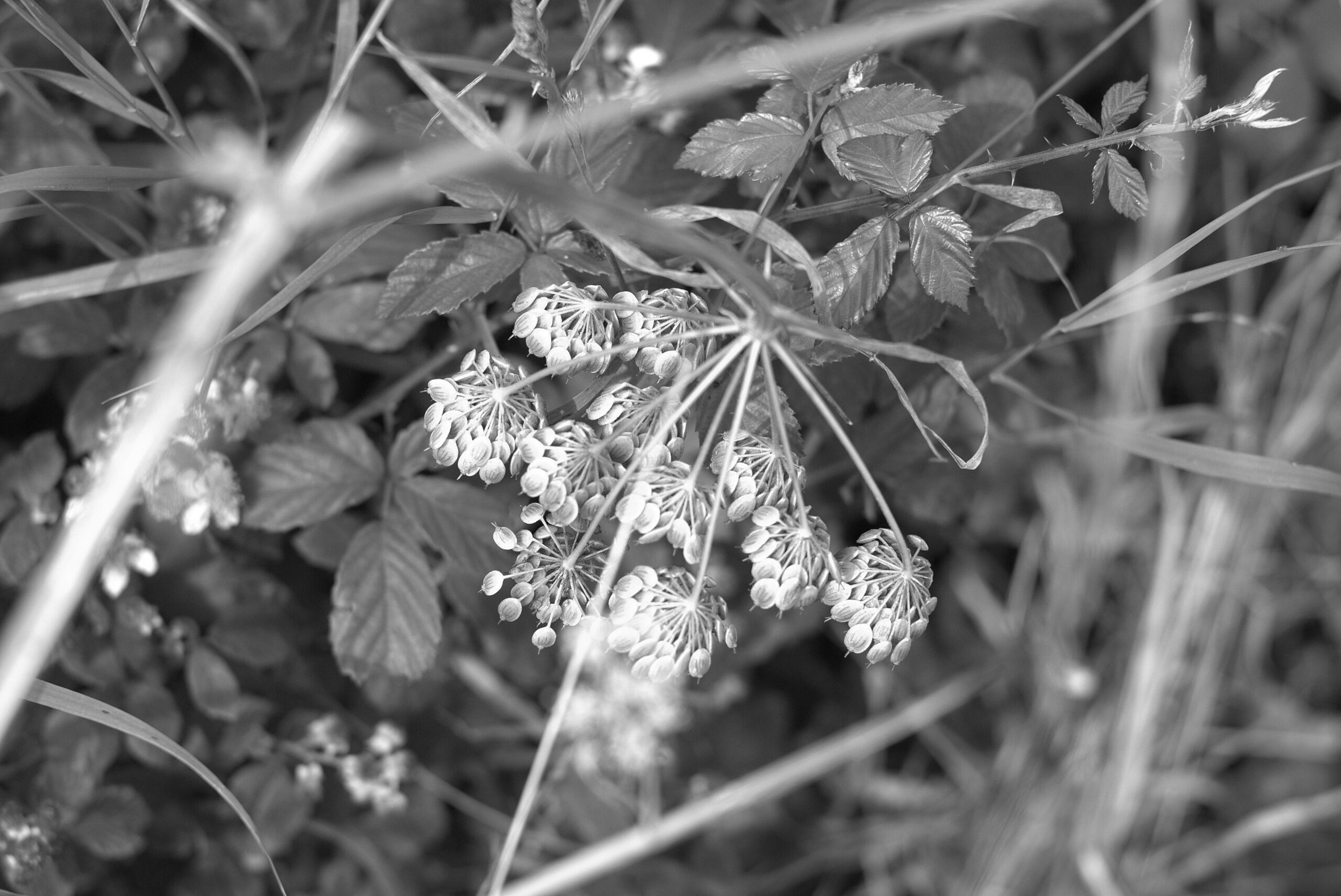
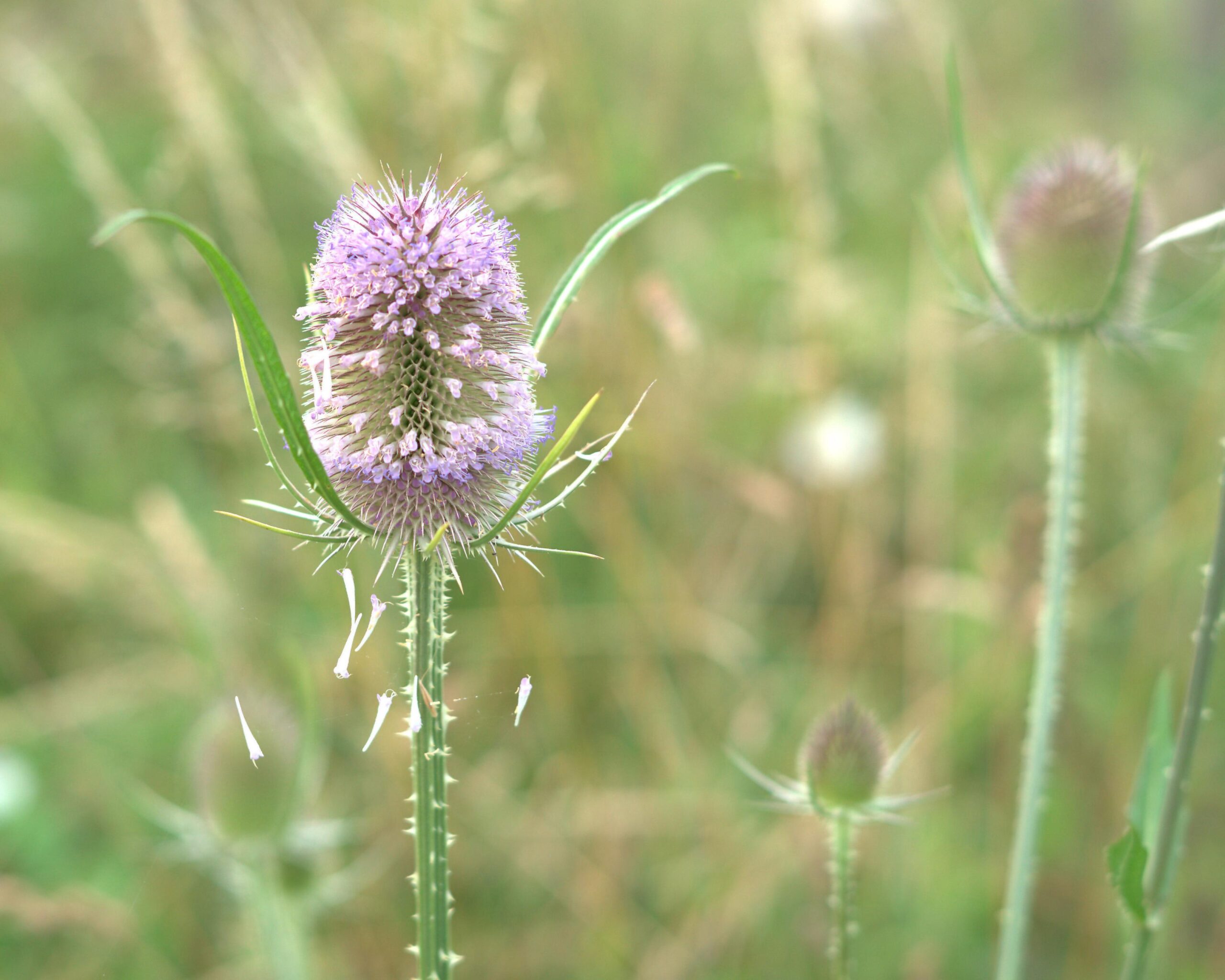
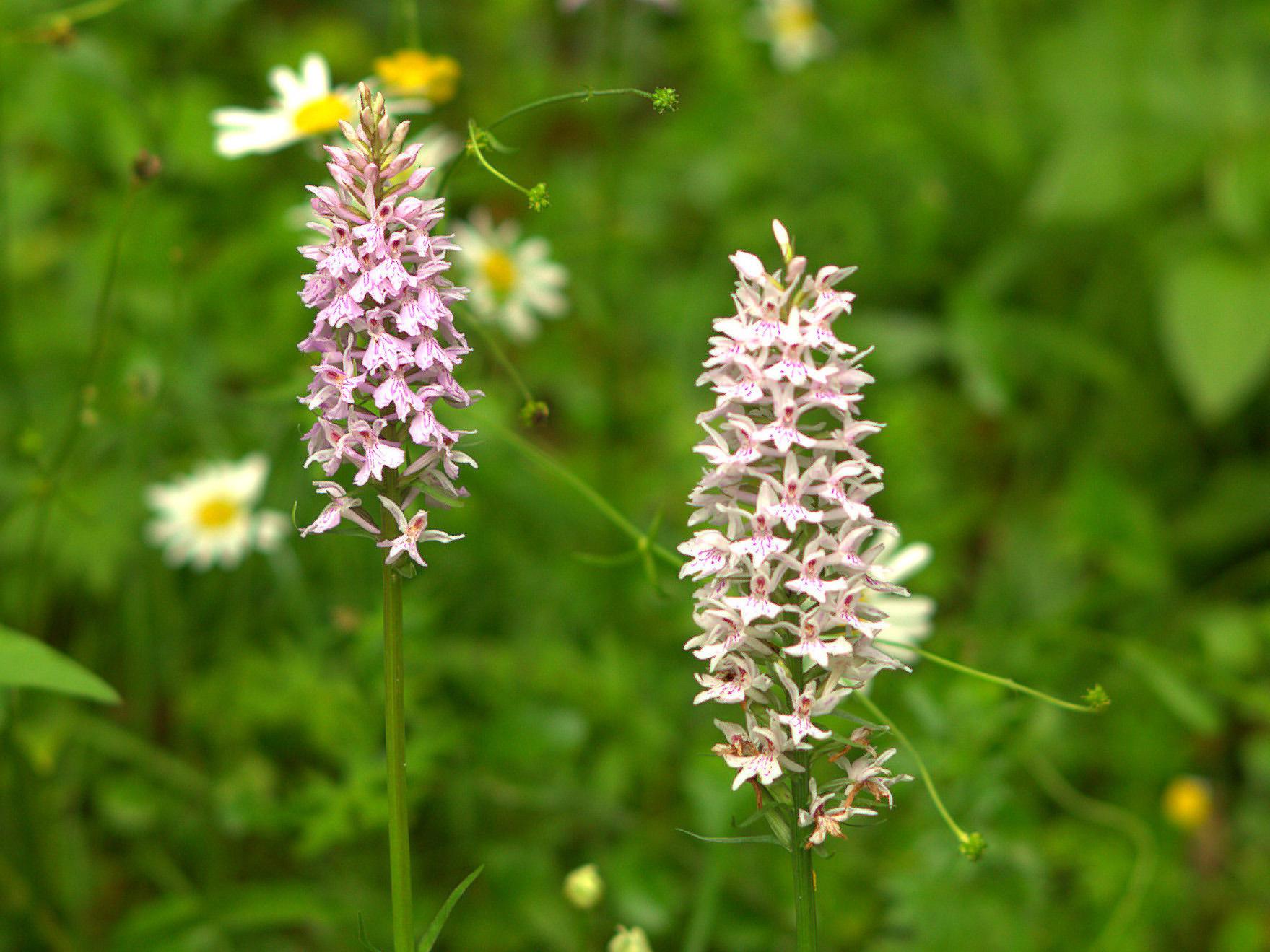
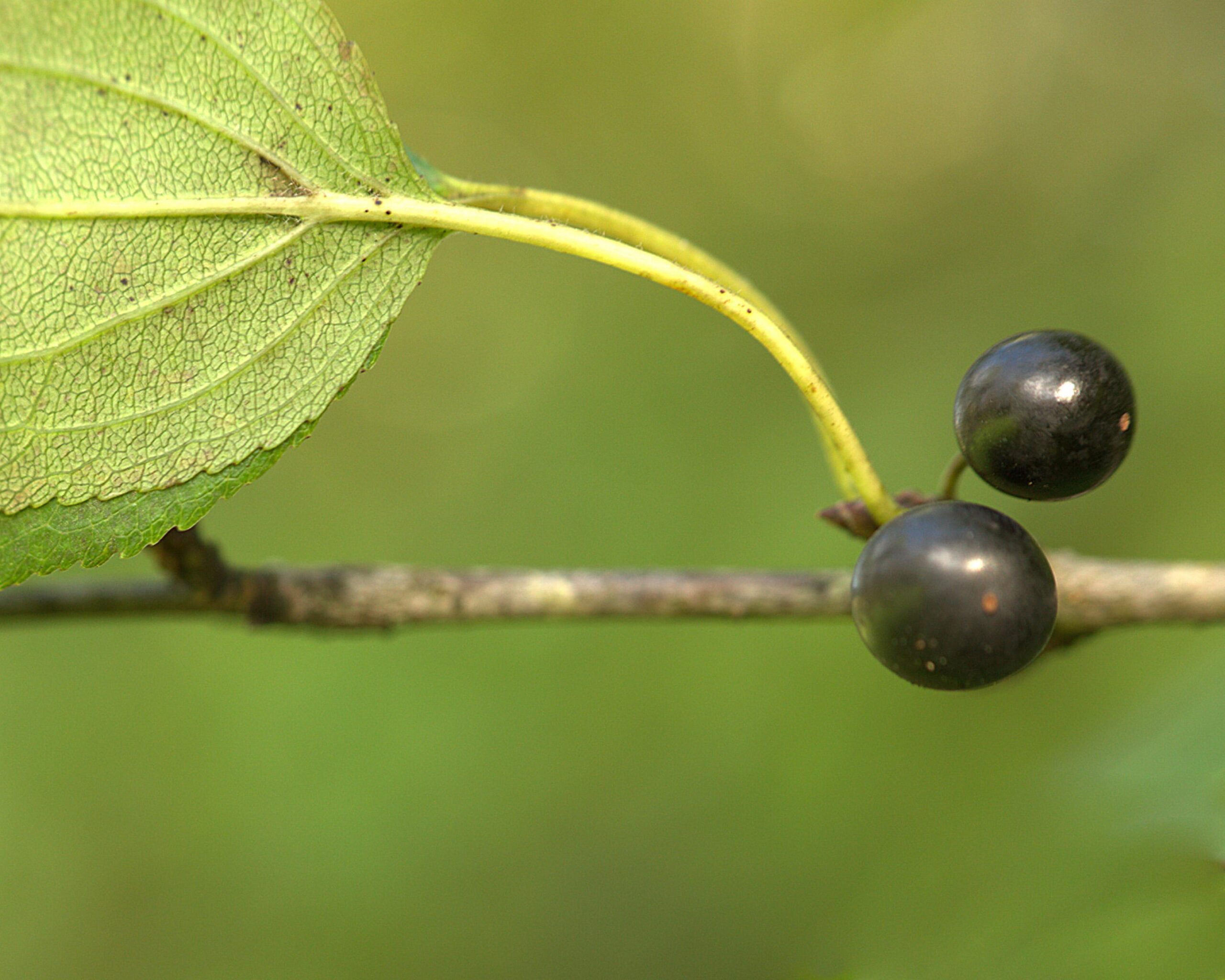
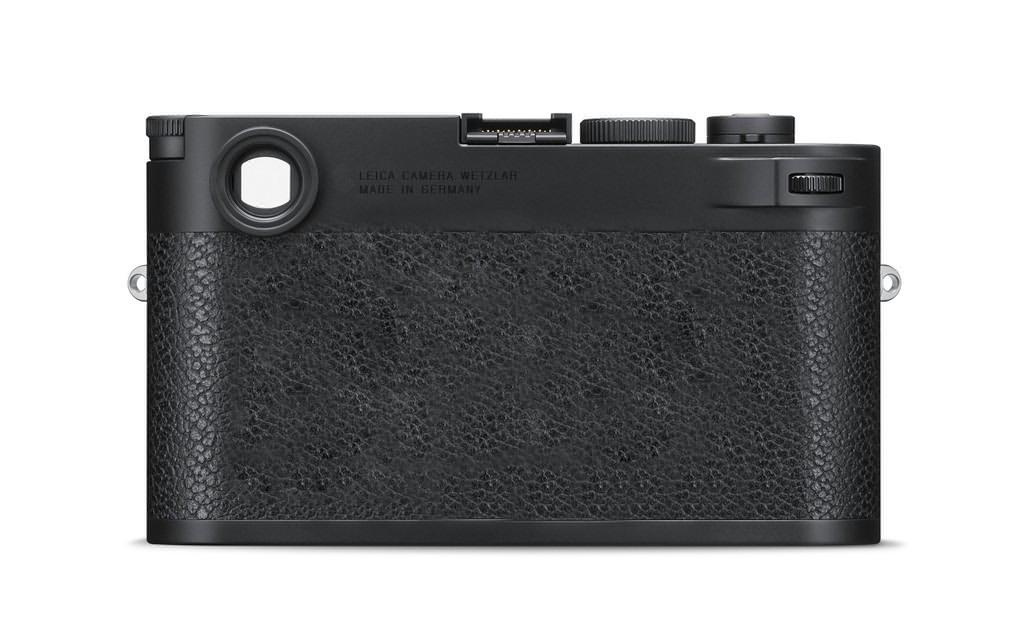
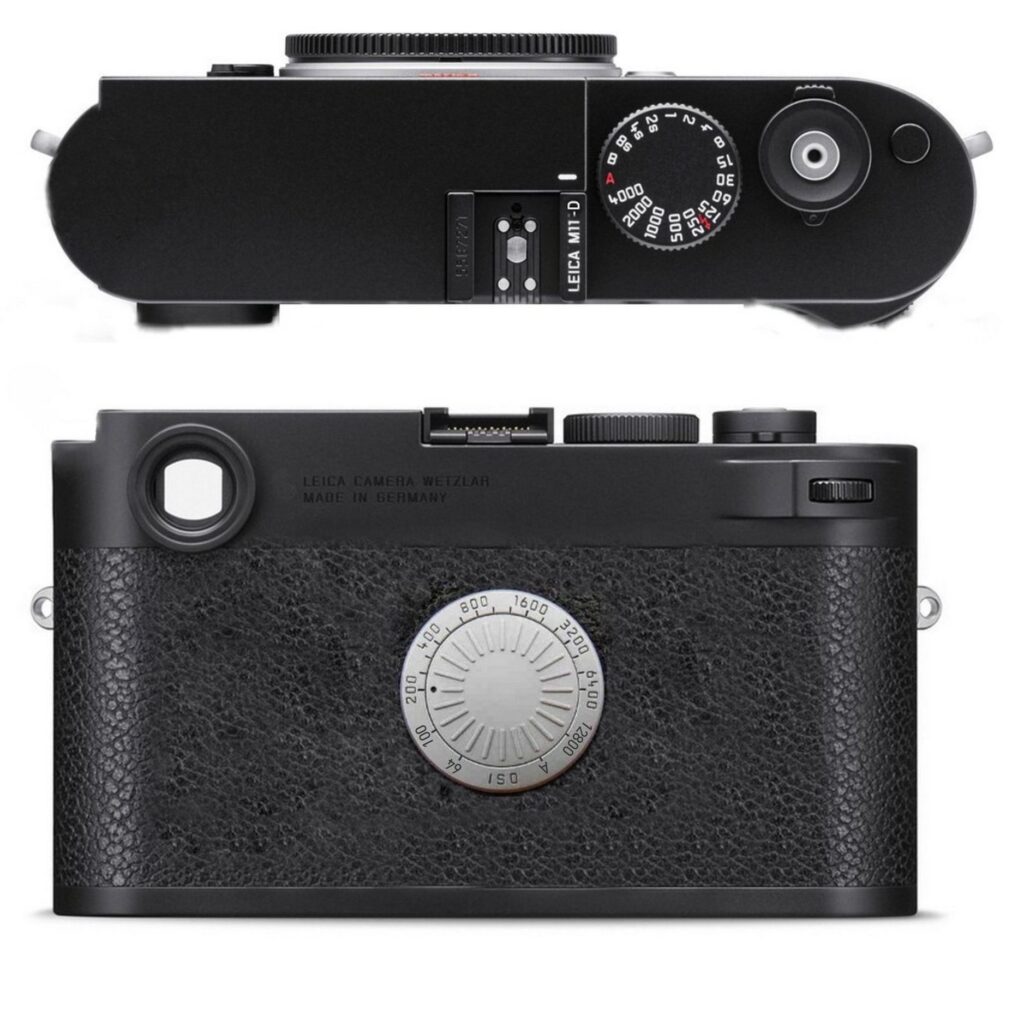
Cheap fix: I occasionally take my Luigi Crescenza leather case off my MP (great case astonishingly difficult to navigate website) and put it in my on my M11. No screen, no menus. It’s quite liberating.
Yes of course. I hadn’t thought of that at all. You can’t use my leica M-D. But it is of course obvious to use as Leica does on the M10D. Now I’m even more turned on by the M11D
Thanks for a very good article about the Leica MD. I am one of the lucky ones who has MD about a year after it came out. I love that camera. It would be nice if there was a version like the M11 D. !! I’m a bit doubtful if it would make sense that you can connect it to your iPhone like the M10 D. I think it will be fine. Then we can use close focus with Leica M35. (Apo and summilux) Since it is meant to be, Leica will update many of its M lenses. Thanks again for the nice article.
Hi Kim, glad you enjoyed the article. To close focus on the M11-D I would find the the Visoflex EVF more practical than trying to view on a phone screen, I think one would run out of hands to hold everything!
Hi Edwin – thanks so much for sharing your reflections on using this camera and how you would streamline it even further. I rarely look at the screens on my cameras and in the case of my Lumix S5 I can, and do, rotate the screen so that it is concealed. So, I for one could be quite comfortable with a screen-less body. The range of subjects I am interested in photographing is wider than yours though, and so a Leica MX-D system is not for me. Your photographs of wildflowers are gorgeous. How do you decide which to present in color and which to present in black and white? Looking forward to more articles from you! Cheers, Keith
Keith, a very apt question! I tried only monochrome for 6 months and at first it seemed OK for landscapes but totally crazy for wildflowers, which are all about the colour! Red petals on a green background can become almost invisbile… But it paid off, and now I pay far more attention to share, tone, contrast, shape and so on. I often flip a colour picture to B&W and back again just to check if the composition still holds up.
Now I tend to shoot B&W in the winter (when it’s pretty monochrome anyway here in the UK) and colour for the summer flowering seasons.
While I don’t have an M of any kind I still like the idea of this level of minimalism to reduce distractions. With my CL and Q2 I only ever look at the LCD if I want to change a setting I can’t access on the top plate.
I remember years ago Saab had a “Night panel” instrument display that only showed the speedometer. If you were getting low on fuel it would bring that up into the display, all with the sole purpose of reducing distracted driving.
If you had a car dashboard designed by the Leica M-D designer, what would it show and what would it jettison I wonder?
Fantastic panel. I had a Saab 93 for many years. Wish to have kept it, but residence change pushed me to getting rid of it. Also they closed the factory years ago.
About the CL, still possible to change settings through evf. I have screen off also; battery life benefits from it in the scarce resource.
Xpro3 tried to do the job, I nearly bought one once, and good I don’t.
Restrictions are some times good in photography. I met a renowned Leica photographer with an M10 shooting only at f:11!
I actually don’t miss that lack of screen. (and menus). Would I enjoy this? Sure, but doesn’t make much sense for me; I don’t think I bought it even in budget.
I’ve been craving the sharpness and depth of field of say a 24mm f3.4 but like to stick to my 50mm so I have been shooting at F11 and F16 quite a lot. It’s great, just have to keep an eye on shutter speed on darker days. Nice to know I am not the only one …
That’s a nice thought about the Saab. The Honda Jazz dispenses with a temperature guage and will simply flash a warning light if things are too hot.
An M-D car would be manual, the only instrumentation a speedo in cute 1970s red LED digits for mph and a tiny red LED dot if you were getting low on fuel. Indicators? Wind down the window (yes manually) and stick your arm out… Definitely no GPS!
Sounds like a Citröen 2CV!
We all had the temptation for a while of buying one of those non smart phones: just keyboard and screen for numbers. So, you get one and get rid of it in two weeks or less: no, no, that wasn’t what I need.
Leica M-D is a concept camera: shoot like in the old times and get a great digital photo.
So, when you get a camera, a brand new modern model digital camera. Do you really want to shoot like in the old times?
Well, you can argue you don’t buy a modern model; you buy a Leica M-D (… to shoot like in the old times)
A bit like driving a Morgan.
You can buy a Morgan 3 Wheeler // 110th Anniversary
starting in 46 475 €, a Morgan Plus Four
starting in 86 686 € or a Morgan Plus Six
starting in 120 203 €
But hard to find a Bakelite black phone with WiFi, internet and tiktok
A lovely write-up . Philosophically, I love the idea of the M-D . Financially, less so!
I will usually shoot any of my cameras that possess a fully articulating screen with the screen “closed” and auto-review off . Partly to protect the screen, but largely to simulate a similar feeling to what your M-D probably grants you. My Oly Pen-F , in particular , has a lovely vibe to it for this use , but of course is not an optical finder. I’ve always been drawn to the Fuji X-pro3 for the same reasoning. And recently, the new boutique M mount camera, the Pixie . So far, I’ve not purchased any of them.
But I will keep looking on with interest!
Jason, I have looked at the X-Pro 3 as well, for its closed back mode. I found the viewfinder smaller than the M-D though. If you ever get the change to hold an M (any M240, M10, M11) in your hand and look through the finder you will see the difference …
Great article and yet if I didn’t experience the liberating feeling of an M60 myself I wouldn’t understand the love for screen-less digital. Acquiring an M60 was not about the camera for me, it was the attached lens, a beautiful stainless steel 35mm Summilux. So this camera that came along for the ride is a most limiting camera, no self timer, no threads for a cable release, any attempt to use this on a tripod with minimal vibration/movement are impossible. I took it out on my casual walk and the first thing I did was look at the back screen after the first three shots, only to be reminded of it’s non existence. After years of reviewing images on the spot I couldn’t with this camera, it was so frustrating. I continued taking images with the habit of review broken, it was a lesson in “this feels more like film”. Soon (maybe a little longer than soon), I was happy to not feel the strong desire of instant review. This change and liberating feeling was partially due to the camera, Leica M digital is notorious for over-exposing highlights, the need to check the histogram is ever present for my type of photography that includes contre-jour. Surprisingly the M60 rarely over-exposes highlights, and I could adjust for all else knowing it is a center-weighted meter. So, the love for the camera grew and I can understand the joy everyone expresses from it’s use. Whenever, I am thinking of returning to film M’s I take my M60 and shoot, it is my digital M that shoots like a film experience. Thanks for your article, very inspiring as Thorsten noted.
Daryl, Thanks for sharing your M60 journey with us. These cameras certainly give their users a unique perspective on the world.
Nice article about the feeling of an M10-D user, very inspiring.
Thanks!